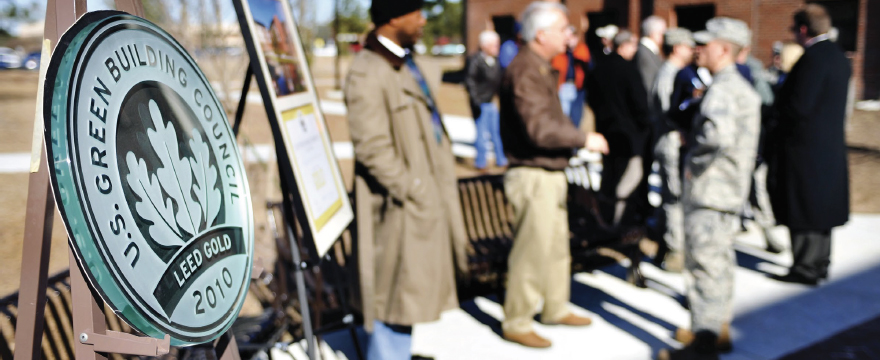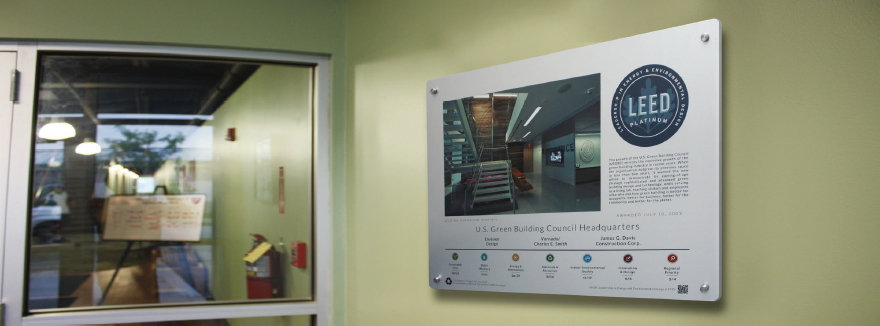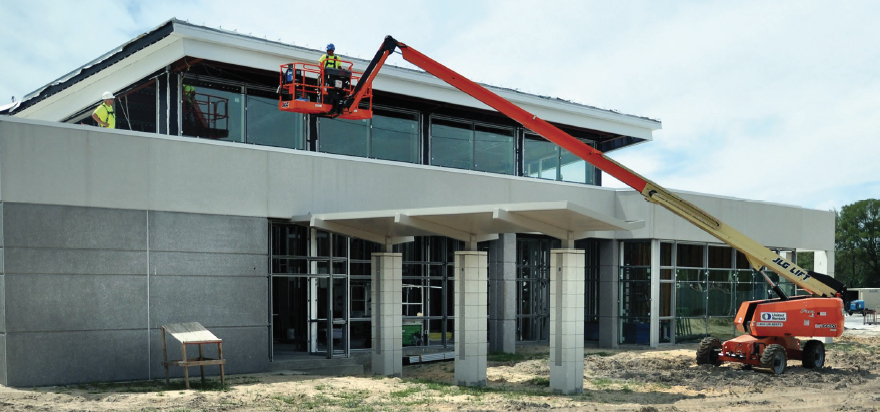
What is LEED Certification?
Leadership in Energy and Environmental Design (LEED) is the most widely used green building rating system worldwide. LEED provides a framework for efficient, healthy, and cost-saving green buildings. LEED certification is also available for all types of projects, including community, home, and building projects.
Buildings that earn LEED certification offer a multitude of benefits. These rang from savings on energy, water, and other resources, to waste reduction and supporting human health. Plus, commercial green buildings can attract tenants, and they’re more cost-effective to operate.
But earning LEED certification is no simple task. It’s a complex process, one that must begin early in the design process. To ensure your odds of success, here are five common mistakes to avoid.
Choosing the Wrong Architectural or Engineering Firm
When it comes to LEED certification, there’s no question: you’re going to need the help of a qualified architectural or engineering firm. This is not only to help with the design and engineering process, but also to help you prepare the complex calculations and data that must be submitted for certification. It’s worth your time to carefully evaluate the firms you’re considering and verify their credentials, because the wrong choice can cost you LEED certification.
That’s not to say that there aren’t many qualified green building architects and engineers; there are plenty. But you must do the legwork to ensure that you choose a firm equipped to handle the complexities of ensuring your project meets all requirements for certification.
Taking a Too-Narrow View of LEED Requirements
In an article published on LinkedIn, Brenda Martens, who had the opportunity to participate on a panel of LEED project managers at an event hosted by Vancouver, BC-based green building firm, Recollective Consulting, notes that the LEED rating system is open to interpretation. It’s impossible, in most cases, to list every possible manner by which a project could achieve a particular goal. In fact, the LEED reference guides state the intent of a credit or prerequisite is presented before the technical requirements. If a project manager can present proof that the intent of a credit is met, USBGC may accept it.
It’s also worth noting that should questions arise about the rating system or how to apply it to a project, project managers can contact the USBGC with Credit Interpretation Requests and other inquiries.
Not Getting Buy-In from Operators and Other Key Stakeholders
Sustainability doesn’t start and end with green building design and LEED certification. Often, there are operations processes that contribute to the overall sustainability goals. If a facilities manager fails to properly manage those systems after the project is complete, you’ll fall short of achieving your goals.
In addition to managing processes in line with sustainability goals, tracking progress after receiving that LEED certification plaque is imperative. “The plaque symbolizes the beginning of a building performance journey, one where data is at the center of attention,” says Kal Wellman in an article at USGBC. “Having the ability to measure, track and benchmark a building’s energy and water data can help pinpoint operational inefficiencies within major building systems and can help the management team set actual reduction targets.”
Not Having Appropriate LEED Signage
Building owners stand to benefit from promoting the organization’s commitment to sustainable building and operations practices. One of the most effective ways to communicate that commitment is through LEED signage.
There are several LEED recognition display options, from standard logo plaques to custom architectural signage and interactive signs, and you’ll want a display that’s suitable for the project. Ideally, a LEED display will accomplish several goals. First, it communicates the building’s certification level. Second, it educates the public about what LEED certification means. Third, it highlights the design attributes necessary to achieve certification. Finally, it recognizes key players involved in the project, including architects, designers, builders, and other stakeholders.
Making Restoration Mistakes Following a Disaster
Some LEED certifications involve periodic audits, and that means that disasters can endanger LEED certification, even for projects that rightfully earned LEED certification on initial completion. Projects that suffer damage in a disaster must be restored using ratings-appropriate approaches, or the certification may be at risk.
This is often a concern for LEED EB: O&M-rated buildings, which are subject to audits every five years. For instance, if the HVAC system is damaged in a disaster and replaced with inferior system, or one that’s not environmentally-friendly and therefore doesn’t meet LEED certification requirements, the building may lose its certification when a five-year audit is conducted. Even the cleaning chemicals used by restoration companies can put certification at risk. When these mistakes are identified, it drives up the total cost of restoration. Repeating processes using environmentally-appropriate supplies may be necessary. In addition, you may need to replace materials that were used in restoration that don’t meet certification criteria.
To help organizations avoid these costly mistakes, some insurance companies offer more generous policies known as “green insurance.” This allows for the replacement of damaged materials with green materials for disaster restoration purposes. Additionally, some insurers have LEED Green Associates and LEED Accredited Professionals on staff to provide guidance. The higher premium costs for such policies prove a worthy investment for organizations faced with restoration projects.
LEED certification is a complex process, but organizations that do the legwork to earn certification reap a multitude of benefits. Additionally, many of these benefits can have a positive impact on a company’s bottom line. Avoiding these common mistakes will ensure that your organization can maximize the benefits of pursuing LEED certification.
LEED® and its related logo are trademarks owned by the U.S. Green Building Council® and are used with permission.

